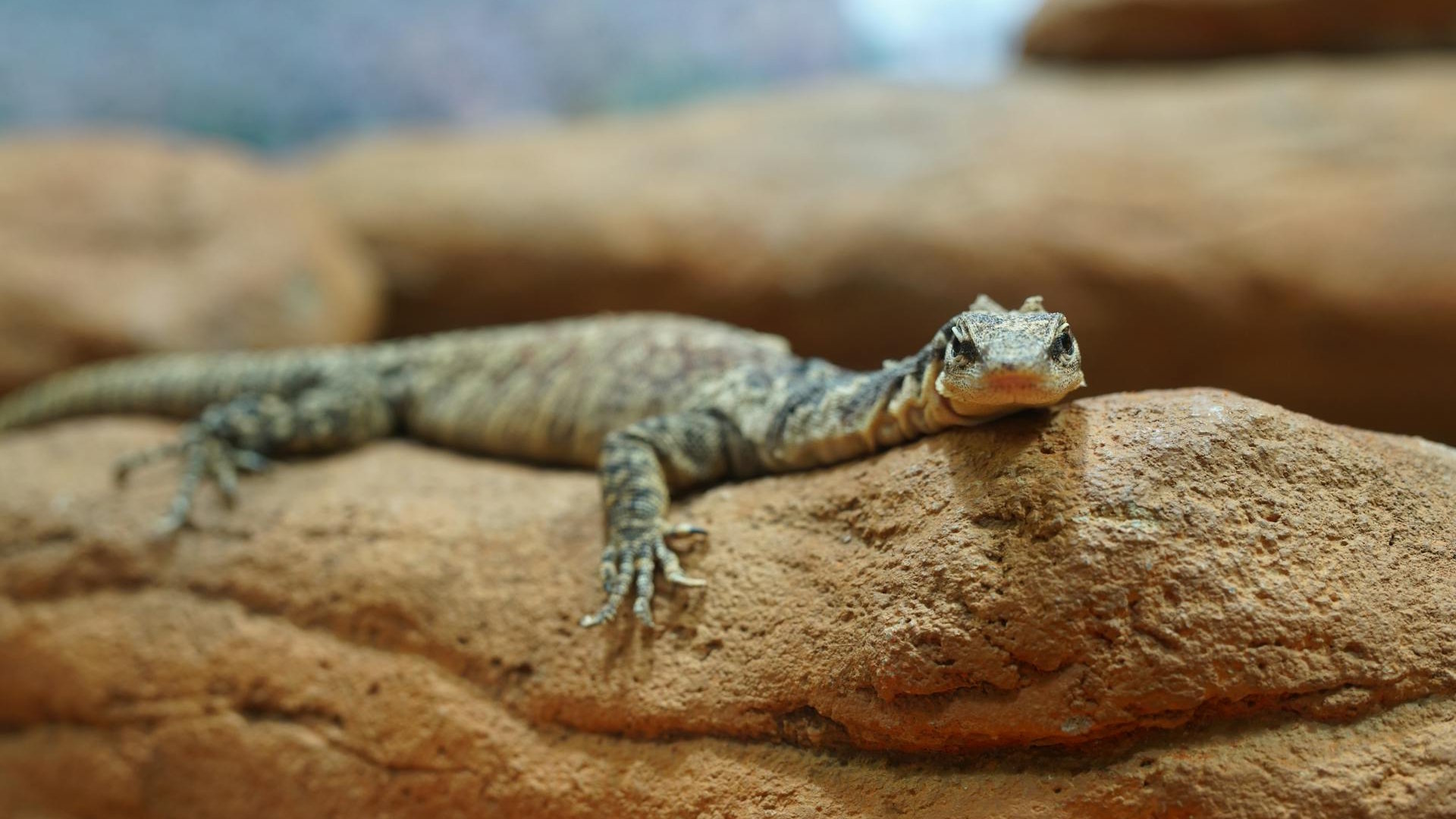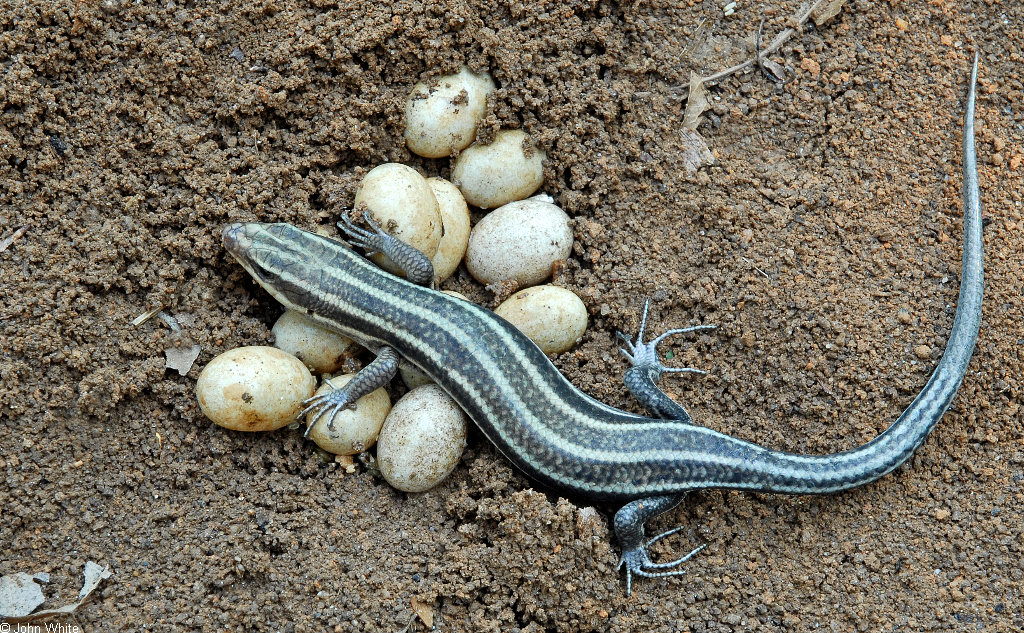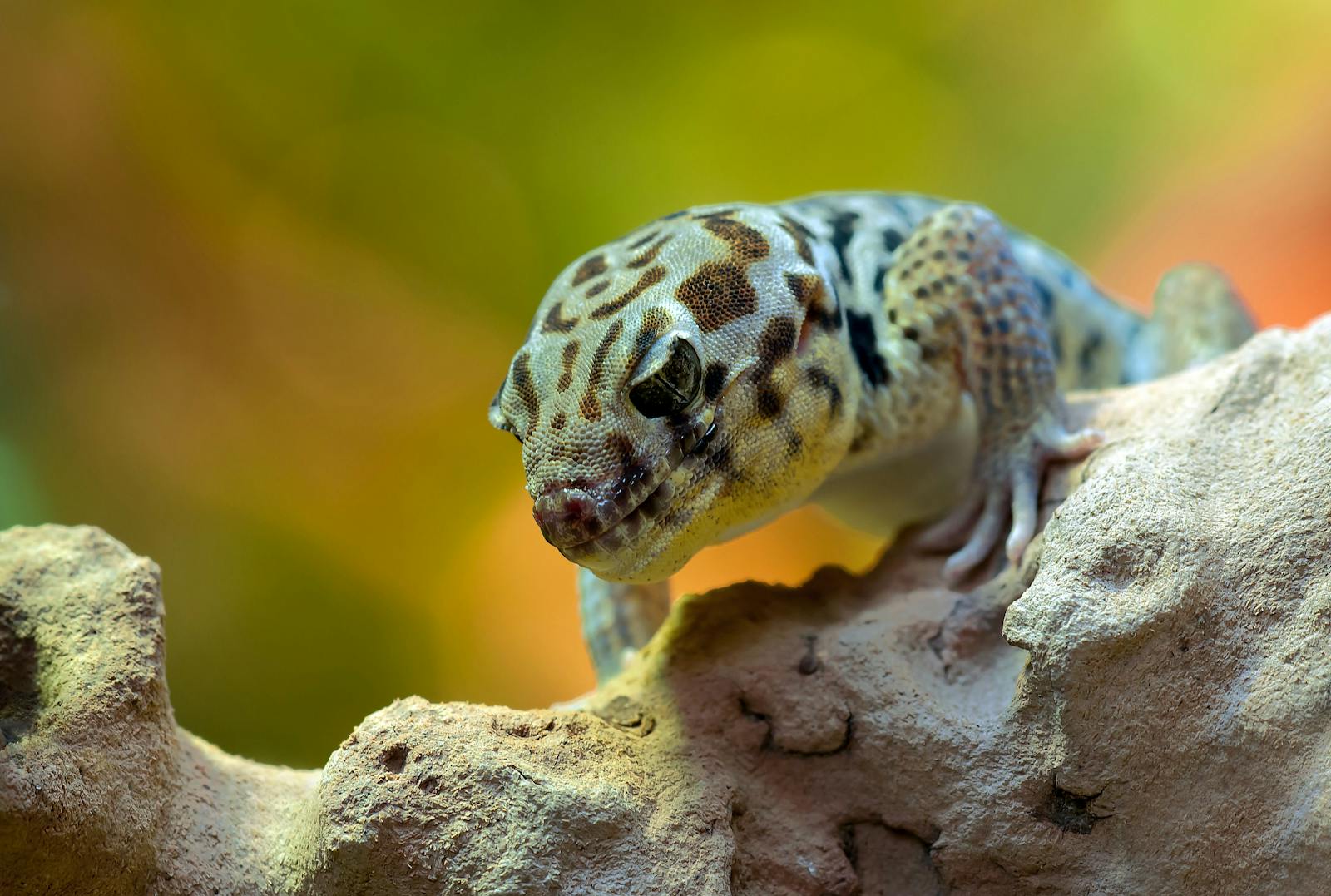When we think of venomous animals, snakes, scorpions, and spiders typically come to mind, while lizards are often overlooked in this dangerous category. However, recent scientific discoveries have revealed that venom production is more widespread among lizards than previously thought. For decades, only two lizard species—the Gila monster and the Mexican beaded lizard—were widely recognized as venomous. Modern research has dramatically expanded our understanding, uncovering that venom evolved multiple times across the lizard family tree. This fascinating evolutionary development challenges our traditional understanding of reptilian adaptations and offers new insights into the complex world of animal defense mechanisms.
The Historical Misconception About Venomous Lizards

Throughout much of scientific history, only the Heloderma genus, which includes the Gila monster and Mexican beaded lizard, was considered truly venomous among lizards. This limited view persisted largely because these species have obvious venom delivery systems with grooved teeth and specialized glands. Many scientists dismissed reports of toxic bites from other lizard species as mere bacterial infections resulting from poor oral hygiene. The scientific community maintained this narrow classification until the early 2000s, when groundbreaking research began to suggest that venom production might be a much older and more widespread trait in squamates (lizards and snakes). This historical misconception demonstrates how even well-established scientific “facts” can be overturned with new research techniques and fresh investigative approaches.
The Komodo Dragon Controversy
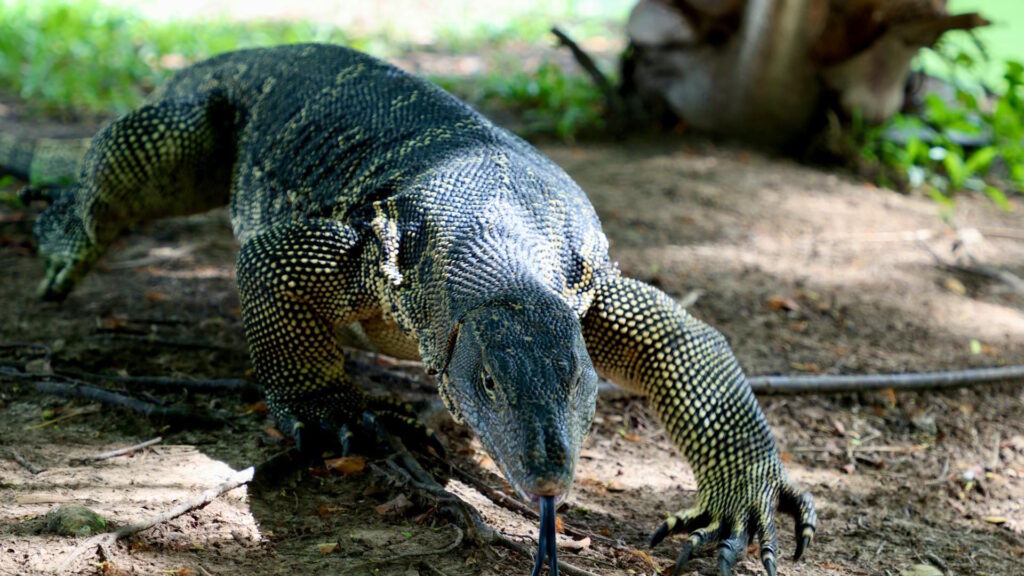
The Komodo dragon has been at the center of a scientific debate regarding venom for decades. Initially, researchers believed that Komodo dragons relied solely on bacteria in their mouths to slowly kill prey that escaped their initial attack. However, in 2009, researchers led by Dr. Bryan Fry discovered complex venom-producing glands in the Komodo dragon’s lower jaw. The venom these dragons produce contains compounds that prevent blood clotting, reduce blood pressure, and induce muscle paralysis—creating a potent cocktail that accelerates prey death. This revelation transformed our understanding of the Komodo dragon’s hunting strategy from a simple bite-and-wait approach to a sophisticated predatory system combining physical strength with biochemical weaponry. The ongoing research continues to refine our understanding of how these magnificent reptiles use their venom in hunting and defense.
Monitor Lizards: The Venomous Family Surprise

Perhaps the most surprising discovery in lizard venom research has been that all members of the monitor lizard family (Varanidae) appear to possess some form of venom-producing capability. From the massive Komodo dragon to the smaller species like the savannah monitor, these lizards share similar venom-producing oral glands. The venom composition varies across species but typically includes proteins that affect blood coagulation and blood pressure regulation. Interestingly, the potency and complexity of monitor lizard venom seem to correlate with their diet and size, with larger predatory species generally possessing more powerful venom. This widespread venom production among monitors suggests that this trait evolved in their common ancestor, making it an ancient adaptation rather than a recent development in certain species.
The Mechanism of Venom Delivery in Lizards
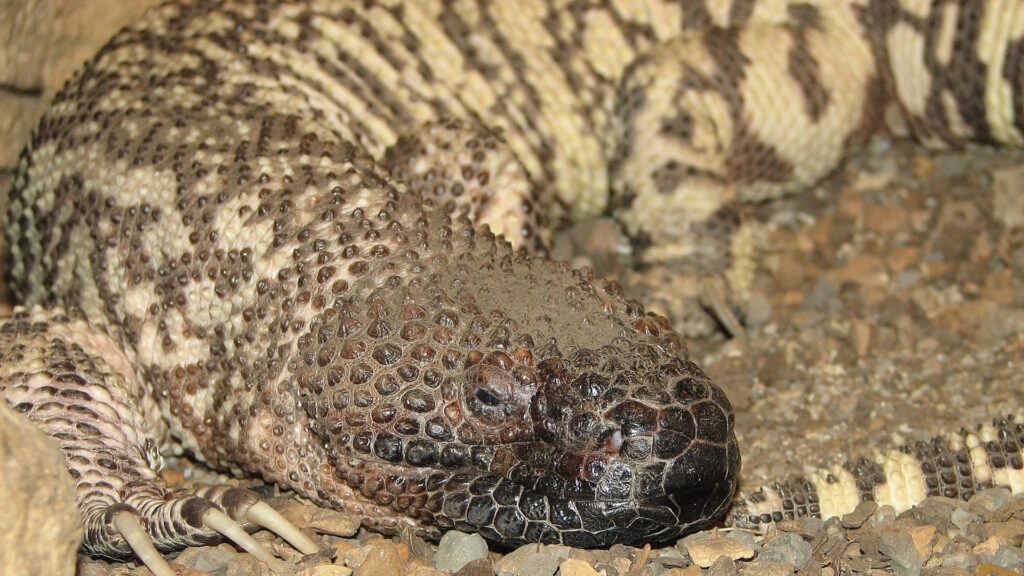
Unlike snakes with their specialized hollow fangs, venomous lizards employ a different delivery mechanism that has made their venomous nature harder to detect. Most venomous lizards utilize a system sometimes called “venom-spitting,” where venom glands in the lower jaw secrete toxins that mix with saliva. When these lizards bite, they create a chewing or sawing motion that works the venom-laced saliva into wounds created by their serrated teeth. The Gila monster and beaded lizard have more specialized delivery systems with grooved teeth that help channel the venom, similar to primitive venomous snakes. This less obvious delivery system, combined with the fact that lizard venom often works slowly rather than producing immediate dramatic effects, contributed to the long scientific oversight of venom in many lizard species.
Composition of Lizard Venoms

Lizard venoms contain complex mixtures of proteins and peptides that vary significantly between species. These toxins can include neurotoxins that affect nerve function, cytotoxins that damage cells and tissues, hyaluronidase that helps spread venom through tissue, and anticoagulants that prevent blood clotting. The Gila monster’s venom, interestingly, contains a compound called exendin-4 that has been developed into a medication (Byetta) for treating type 2 diabetes. Monitor lizard venoms typically contain proteins that lower blood pressure and prevent clotting, helping to weaken prey that escapes initial attacks. The diversity of these venom components reflects different evolutionary pressures and hunting strategies, with each species developing a unique biochemical arsenal suited to its ecological niche.
The Evolutionary Advantage of Venom
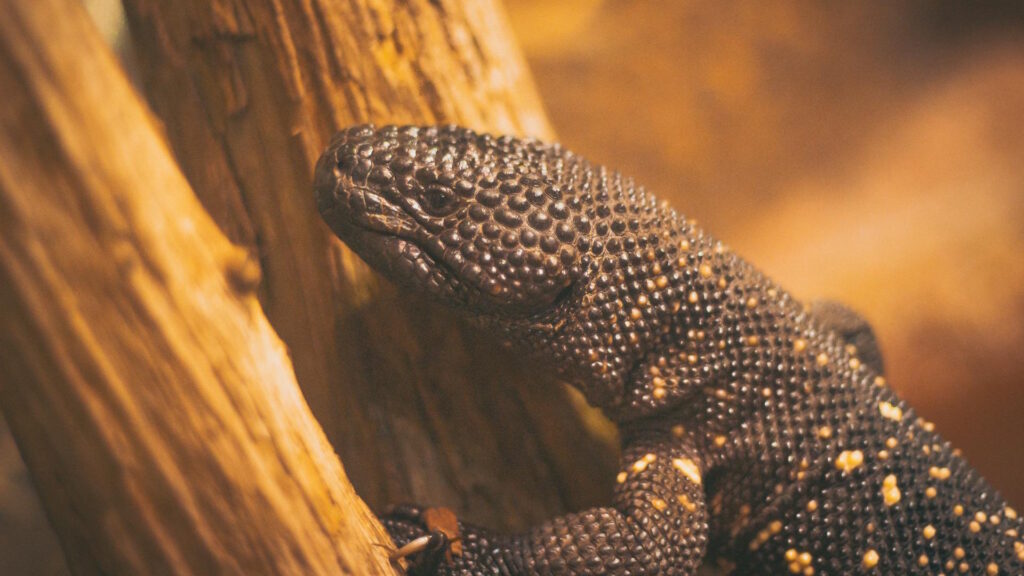
Venom provides lizards with significant evolutionary advantages that explain why this trait has emerged independently multiple times. For predatory species, venom aids in hunting by immobilizing prey and beginning the digestive process before consumption. For smaller or more defensive species, venom serves as a powerful deterrent against potential predators. Venom can be particularly valuable for lizards with limited speed or strength, allowing them to punch above their weight class in ecological interactions. From an evolutionary perspective, the metabolic cost of producing venom is offset by increased hunting success and survival rates. This cost-benefit balance explains why venom production typically evolves in species where the advantages of having toxic secretions outweigh the biological resources required to produce them.
Iguanas and Their Surprising Toxic Bite
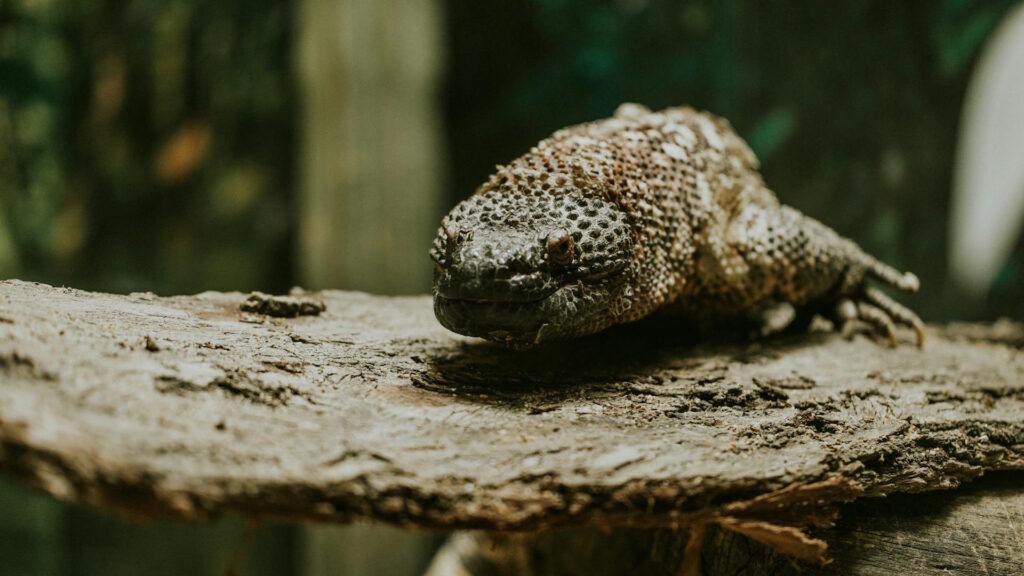
Recent research has revealed that even common iguanas possess mild venom-producing capabilities, overturning the long-held belief that these popular pets are completely harmless. Studies have identified venom glands in the lower jaws of green iguanas that produce a cocktail of proteins with mild toxic effects. While not dangerous to humans in most cases, these compounds can cause increased pain, swelling, and hypotension when an iguana bites. The discovery has particular significance for the pet trade, where iguanas are often marketed as gentle herbivores. This finding suggests that venom production may be even more widespread among lizards than currently recognized, potentially extending to many species traditionally considered non-venomous.
The Scientific Revolution in Venom Research
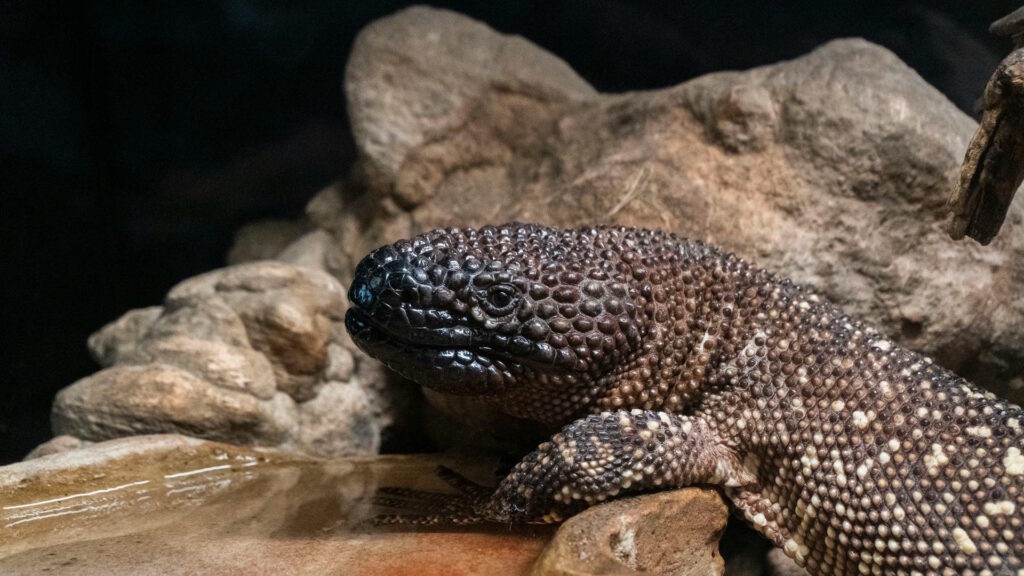
The paradigm shift in our understanding of venomous lizards has been driven by advances in molecular biology and genetic analysis techniques. Traditional methods focused on visible specialized structures like fangs or obvious venom glands, missing the more subtle venom systems present in many lizards. Modern transcriptomics and proteomics approaches allow researchers to identify venom-related genes and proteins even when the physical structures are not obvious. The use of scanning electron microscopy has revealed previously undetected tooth serrations and grooves that aid in venom delivery. This technological revolution has transformed our approach to studying animal toxins, resulting in the reclassification of numerous species and a complete reconsideration of venom evolution in reptiles.
Lizard Venom and Human Safety
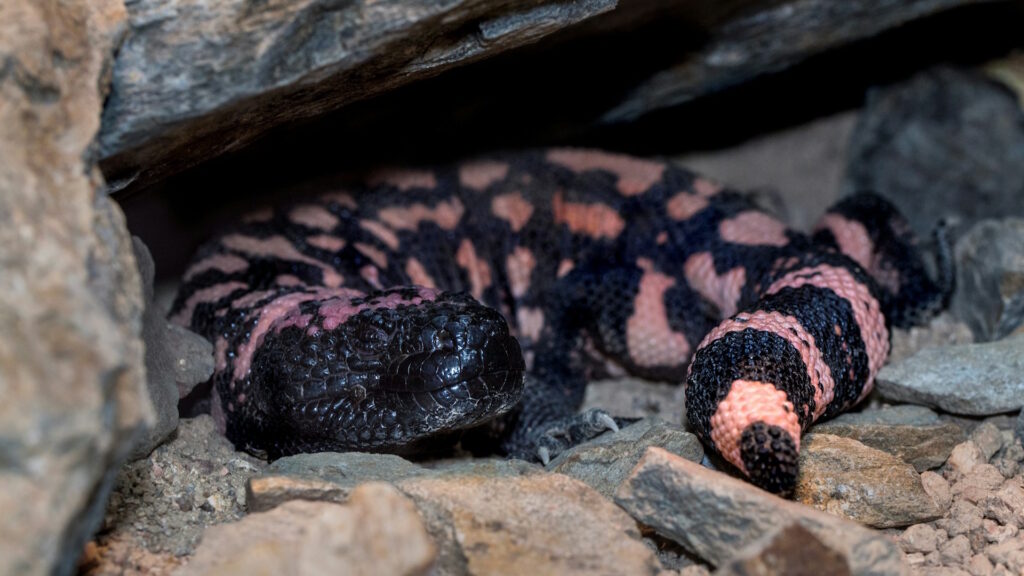
Despite the expanding list of venomous lizard species, serious envenomation of humans remains extremely rare. Most venomous lizards either have mild venom, inefficient delivery systems, or behavior patterns that make them unlikely to bite humans defensively. The Gila monster and beaded lizard are the only lizard species currently considered dangerous to human health, and even their bites rarely prove fatal with proper medical attention. Komodo dragon bites can be serious but are exceedingly uncommon outside of wildlife management contexts. For pet owners, the discovery of mild venom in popular pet species like iguanas generally doesn’t change safety recommendations, though it reinforces the importance of proper handling techniques. The practical risk assessment for human-lizard interactions remains focused on the animal’s size, temperament, and defensive behavior rather than solely on its venomous capacity.
Medical Applications of Lizard Venoms
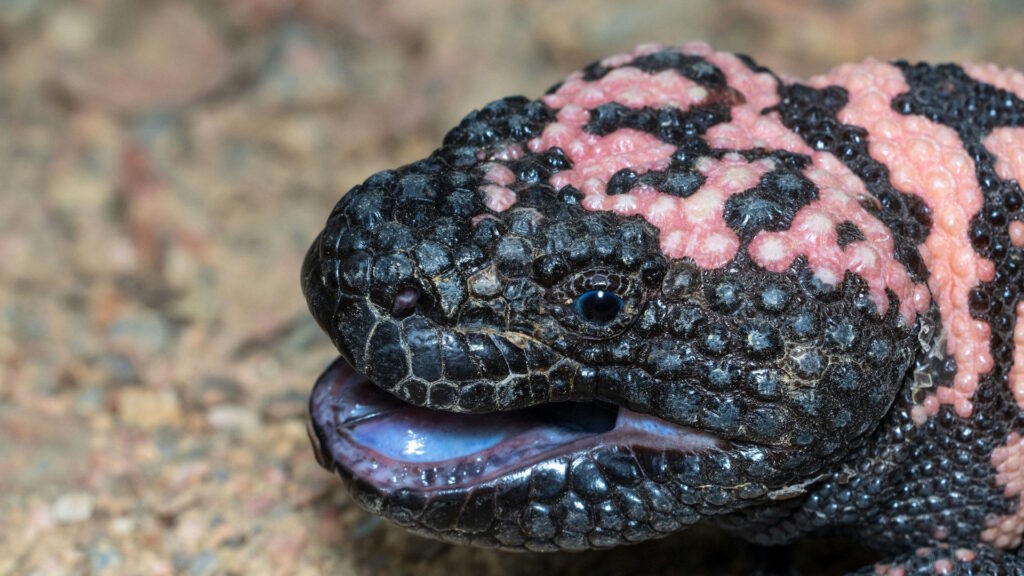
The discovery of diverse venom components in lizards has created exciting new avenues for medical research and drug development. The most famous success story is exendin-4 from Gila monster venom, which led to the development of the diabetes drug exenatide (Byetta). This medication helps regulate blood sugar levels and has improved the lives of millions of diabetic patients worldwide. Researchers are currently investigating compounds from monitor lizard venoms for potential applications as anticoagulants and blood pressure medications. Other lizard venom components show promise for pain management, antimicrobial applications, and even cancer treatment. The highly specific nature of venom compounds—evolved to target particular biological systems with precision—makes them ideal templates for drug development, potentially offering treatments with fewer side effects than synthetic alternatives.
Conservation Implications of Venom Discovery

The recognition of venom production in more lizard species has significant implications for conservation efforts worldwide. Species previously considered unremarkable may now represent unique repositories of potentially valuable biochemical compounds. This new understanding adds urgency to conservation efforts for species like monitor lizards, many of which face habitat loss and hunting pressure. The potential medical applications of lizard venoms create a utilitarian argument for conservation that complements ecological and ethical motivations. Additionally, the discovery highlights how much remains unknown about even relatively well-studied animal groups, underscoring the potential hidden costs of biodiversity loss. Conservation strategies now increasingly consider the biochemical uniqueness of species alongside more traditional metrics like population size and habitat requirements.
Future Directions in Lizard Venom Research
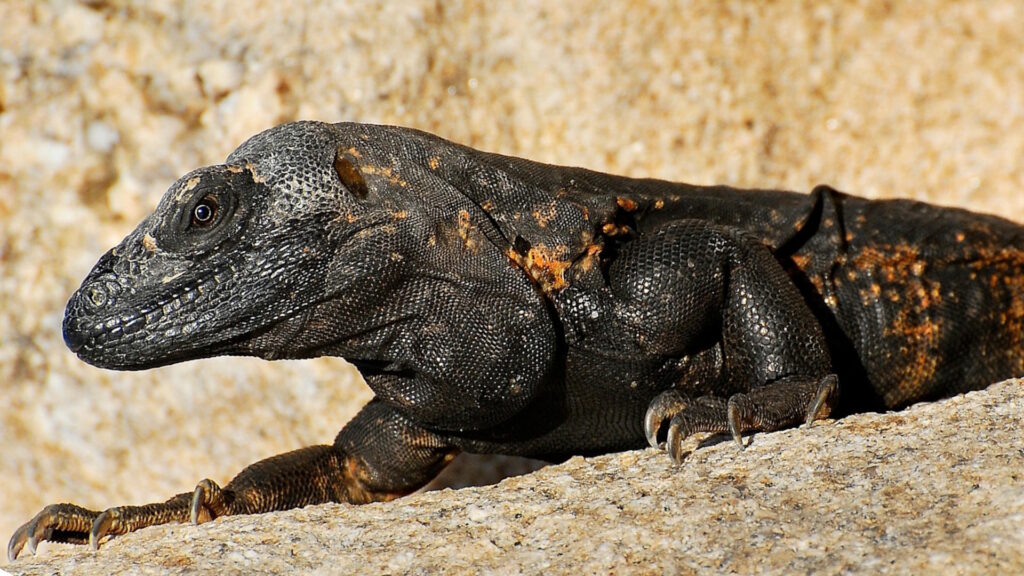
The field of lizard venom research stands at an exciting frontier, with numerous questions awaiting exploration. Scientists are currently mapping the full extent of venom production across the lizard family tree to determine exactly how many independent evolutions of venom have occurred. Detailed investigations into the ecological roles of lizard venoms are underway, examining how different species use their toxic secretions in natural contexts. Researchers are conducting comprehensive analyses of venom compositions across species to identify novel compounds with potential medical applications. Perhaps most intriguingly, evolutionary biologists are studying the genetic mechanisms that allow venom production to be gained or lost across evolutionary time. This rapidly expanding field promises to continue yielding surprising discoveries about these remarkable reptiles for decades to come.
Conclusion: Redefining Our Understanding of Lizards

The discovery that venom production is widespread among lizards represents one of the most significant shifts in reptile biology in recent decades. It challenges our perception of these animals and highlights how even well-studied groups can harbor surprising secrets. This research reminds us that nature’s complexity often exceeds our initial classifications and assumptions. As our understanding of lizard venom continues to expand, we gain not only scientific knowledge but also potential medical breakthroughs that could benefit humanity. Perhaps most importantly, these discoveries foster a deeper appreciation for the sophisticated adaptations that have evolved in lizards over millions of years, encouraging both scientific curiosity and conservation awareness for these remarkable reptiles.

